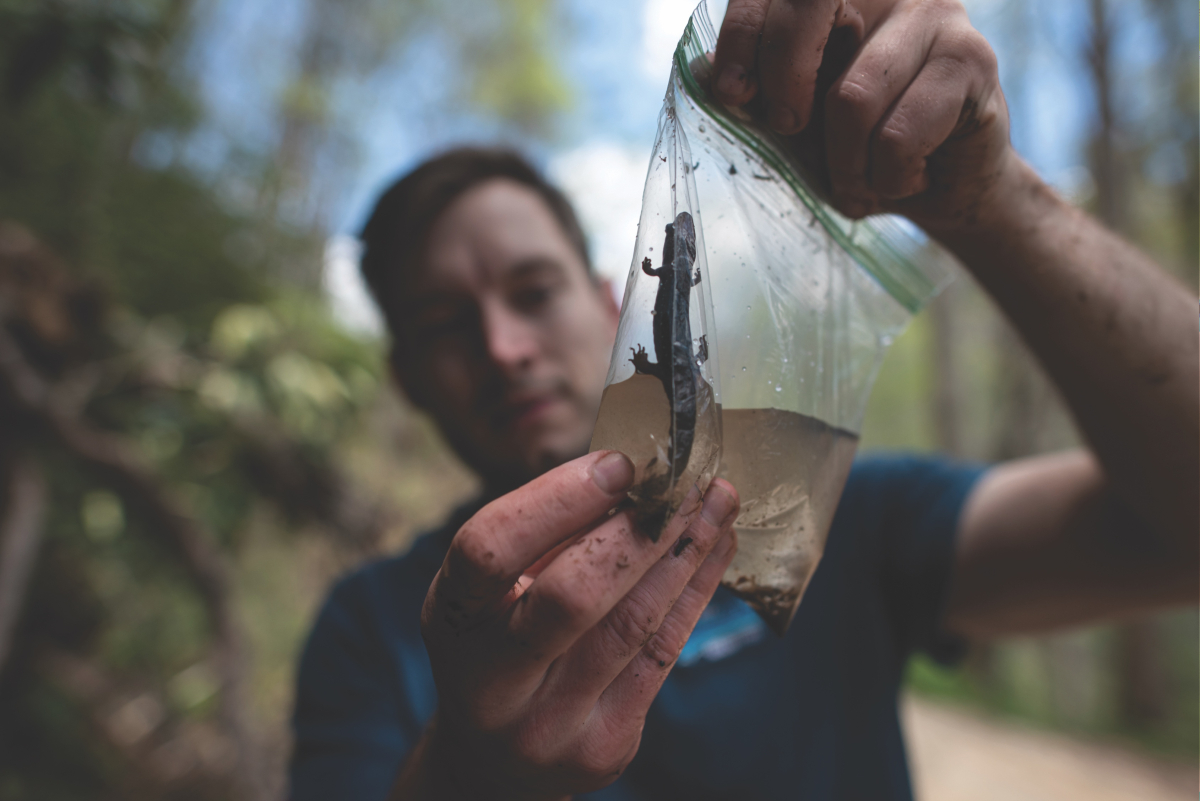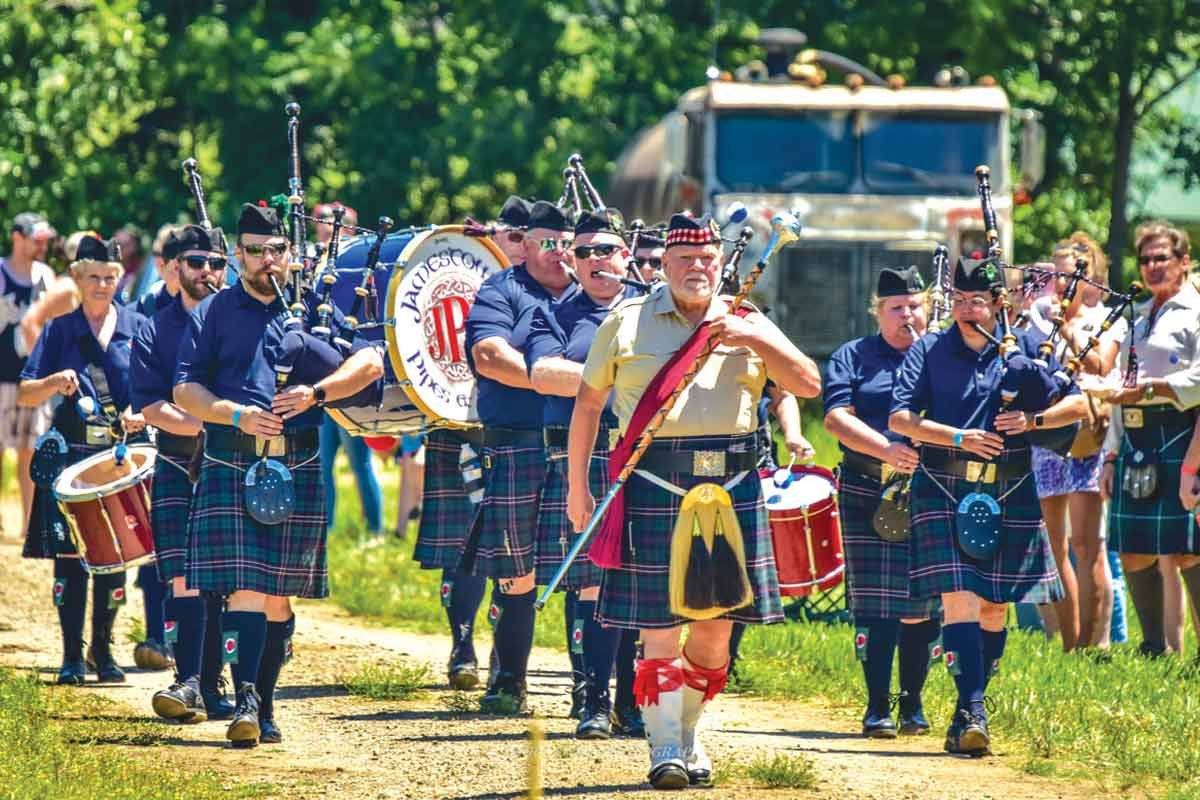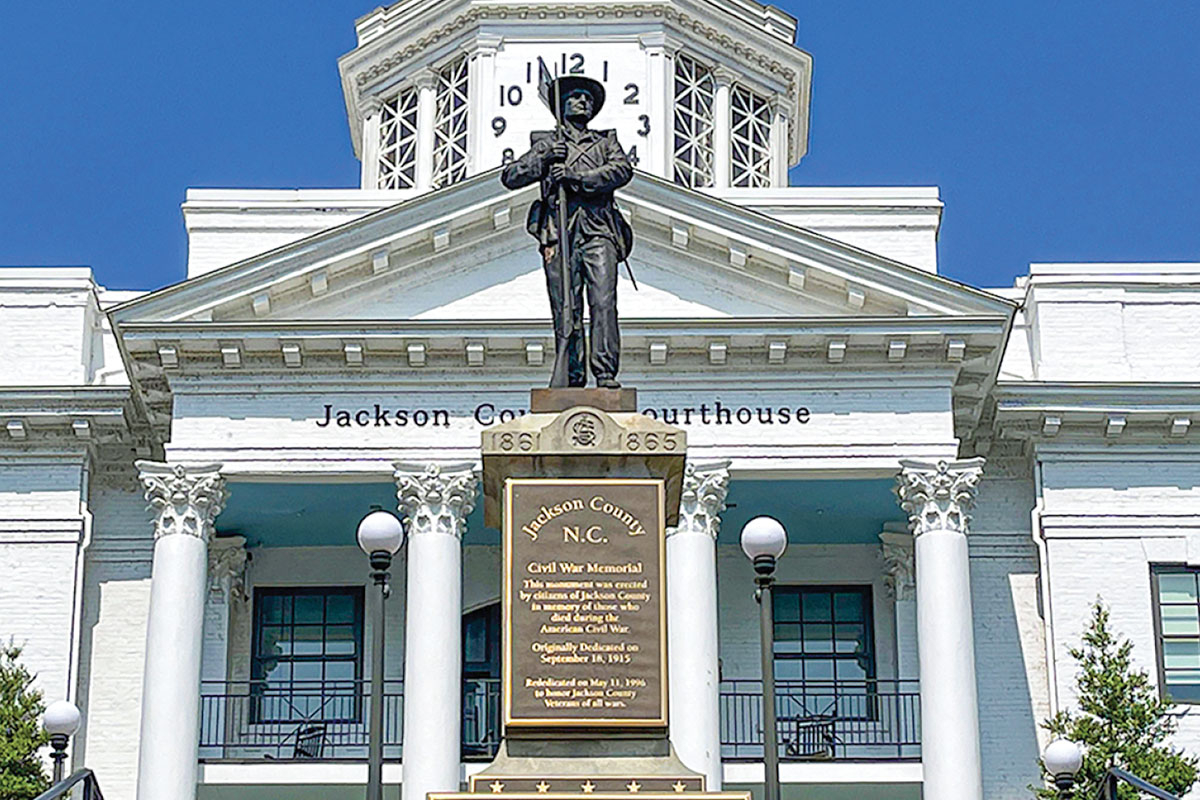We’ve been here before … sort of
It’s funny how you can hear a story your entire life but don’t see its relevance until it smacks you in the face.
Since childhood, my parents have told me the tale of the Hong Kong flu (H3N2 virus) during the winter of 1968. They weren’t sure where they contracted it initially. At the time, my dad was a student at Mars Hill College and worked as a short order cook in the student center. My mom was in her first year teaching public school. Both places were most likely rampant with germs.
Churchill’s spirit comes through in new biography
Sometimes in a crisis it helps to take a look in the rearview mirror.
In The Splendid And The Vile: A Saga of Churchill, Family, and Defiance During the Blitz (Crown Publishers, 2020, 546 pages), Eric Larson vividly revives those days when Britain stood alone against Nazi war machine and suffered almost daily aerial attacks on its military bases and cities. The Battle for Britain left 44,652 dead, 5,626 of them children, and wounded 52,370. After watching one of these attacks on a beautiful English night, John Colville, Assistant Private Secretary to Churchill, wrote in his diary “Never was there such a contrast of natural splendor and human vileness.”
History lessons being learned the hard way
By Jerry DeWeese • Guest Columnist | When in grade school, I wondered why my teachers spent so much time teaching history. What did it matter? This was old news. Now that I have reached “old age” status, I recognize that history is full of lessons and it repeats itself. If we pay attention, today’s society may be able to avoid making the same mistakes we learned about in history class.
In Fitzgerald’s fields
In Fitzgerald’s fields they toiled, sun-dappled and rain-soaked, caked in mud and in blood and in sweat. They raised corn and peas and potatoes and children and they always had plenty of butter and honey and wool so long as with ceaseless toil they coaxed the stubborn mountainside into giving up its seasonal blessings.
They worked about as hard as, and had about as much as, any other poor white Reconstruction-era Waynesville farmer except for the rights expressed in that document which begins, “We the people” because they were still somehow less than that.
Real deal boardinghouses don’t exist anymore
Are there boardinghouses still operating here in the Smokies region? There are, of course, hotels, inns, bed-and-breakfasts, and motels galore. But I'm wondering about the true, old-fashioned boardinghouse, which flourished throughout the region until the middle of the 20th century.
Two Sparrows: Town WCU renames renovated collections facility in honor of Cherokee past
Long before the creation of Western Carolina University, the state of North Carolina or the U.S. Constitution, the valley now known as Cullowhee bore the name Tali Tsisgwayahi — in Cherokee, it meant “Two Sparrows Town.”
Now, that name has returned to a portion of the 600-acre campus with the formal dedication of the Two Sparrows Town Archeological Collections Curation Facility, held Thursday, Dec. 6, at the facility on the ground floor of McKee Building.
Walking ancient pathways with a gifted writer
Growing up, one of my favorite books was H.G. Wells’ The Time Machine. In Robert MacFarlane’s The Old Ways, instead of taking us into the distant future, he takes us into the ancient past. He sets off to follow the ancient routes that crisscross both the British landscape and beyond — to the chalk downs of England to the bird islands of the Scottish northwest (and the ‘fells’ where he calls home), from Palestine to the sacred landscapes of Spain and the Himalayas that were traveled by people who only traveled on foot or in crude sailing vessels.
Horse Cove is worth a visit
Editor’s note: This column first appeared in a November 2003 edition of The Smoky Mountain News.
Horse Cove is one of the prettiest settings here in the southern mountains. It’s a highland valley surrounded by the Black Rock, Fodderstack, and Chestnut and Rich mountains, and drained by Big Creek, one of the numerous headwater streams of the Chattooga River system situated on the eastern flank of the Eastern Continental Divide.
Folkmoot ‘Mountain Memories’ series
Folkmoot is proud to partner with the Mountain Memories organization and Waynesville’s own Bob Plott to launch the Mountain Memories performance series at historic Queen Auditorium on the Folkmoot campus.
The series opens with “Mountain Memories No. 1: A Hazelwood Gathering” at Saturday, Nov. 16, at the Folkmoot Friendship Center in Waynesville. Doors open at 6 p.m. with food and beverages available in the cafeteria. The “Mountain Memories” show starts at 7 p.m. in the auditorium.
Kephart Prong Trail has a unique story
I like visiting those sites here in the Smokies region where there is what I think of as an “overlay.” That is, places where both natural and human history commingle. At such places, one encounters the confluence of all or several of the major strands in the region’s natural and cultural fabric: wild areas, plants, and animals; early Cherokee and pioneer settlement influences; and the impacts of the modern era, initiated here primarily with the coming of the railroad in the late 19th century. At such places the alert observer can experience what the French have defined as “frisson” — a moment of excitement and insight that arises when various forces coalesce.






















